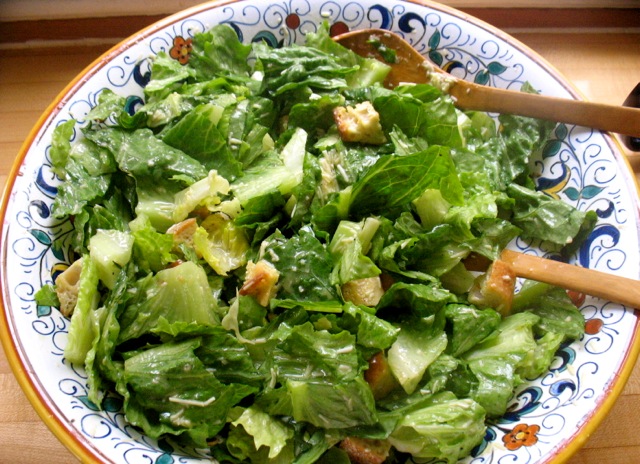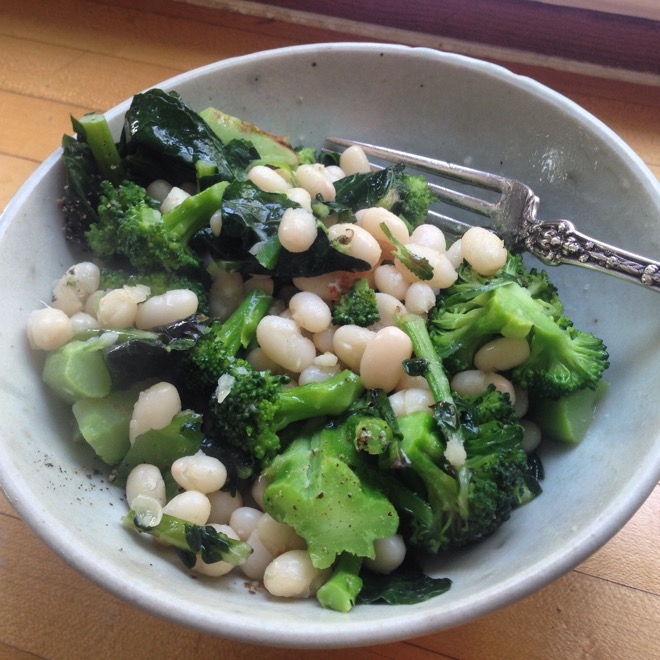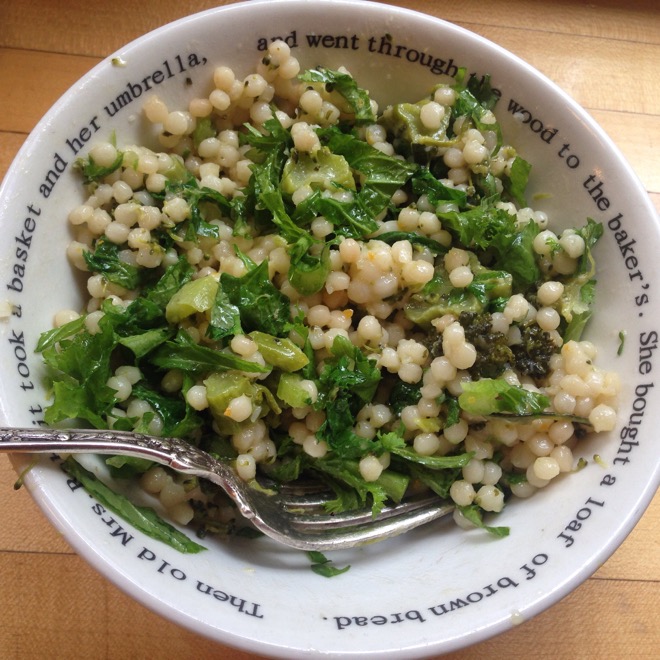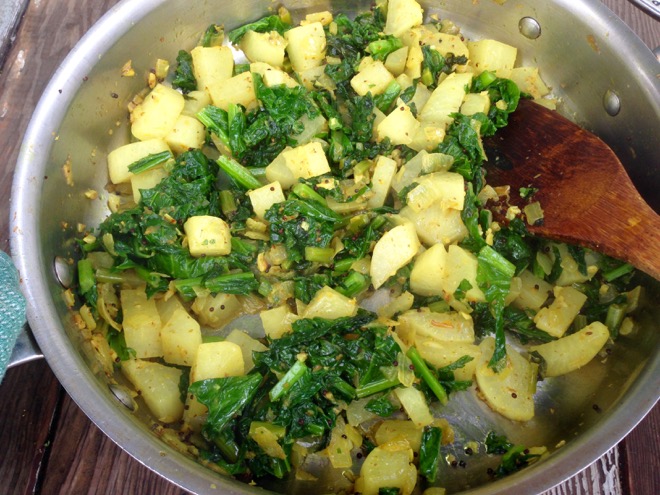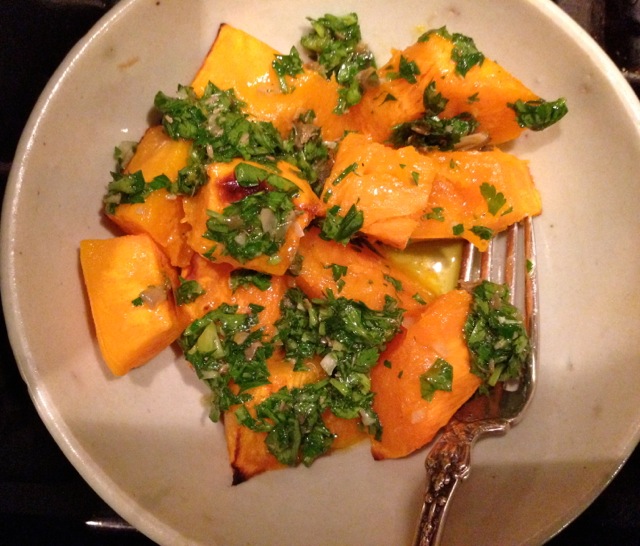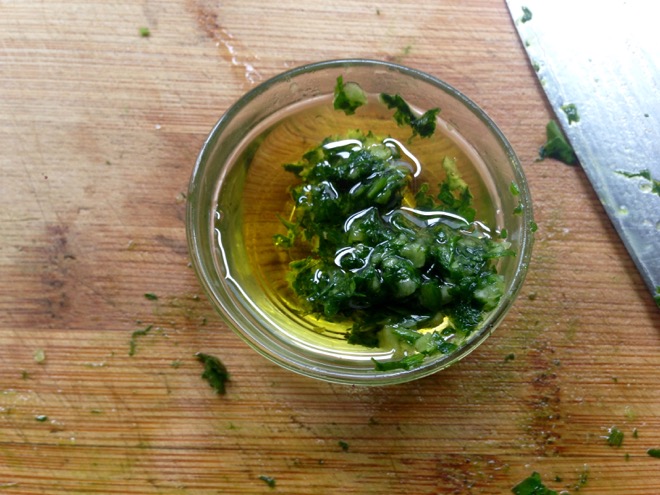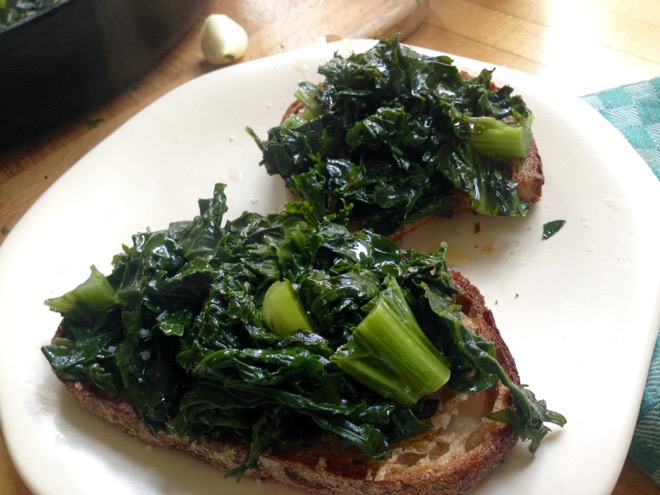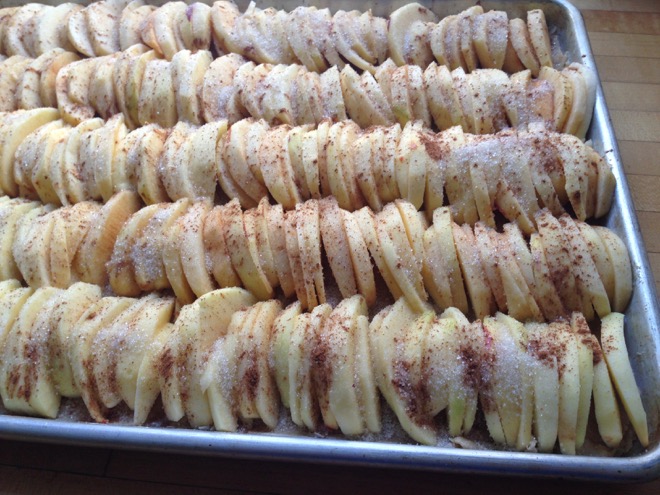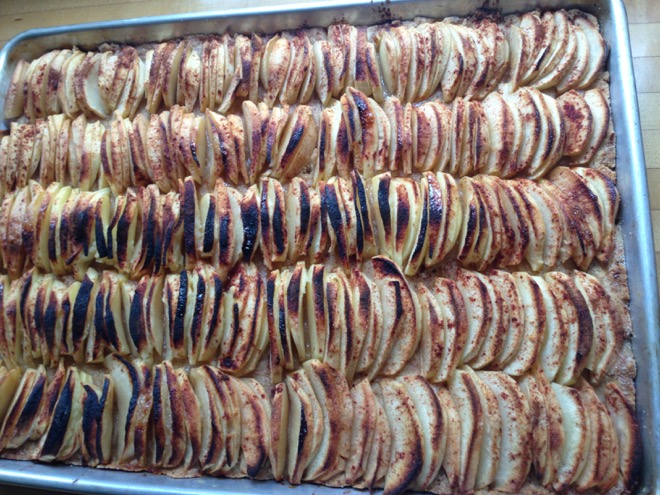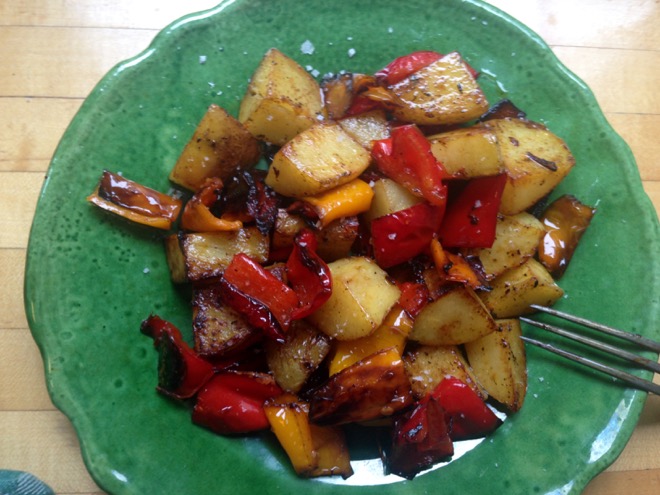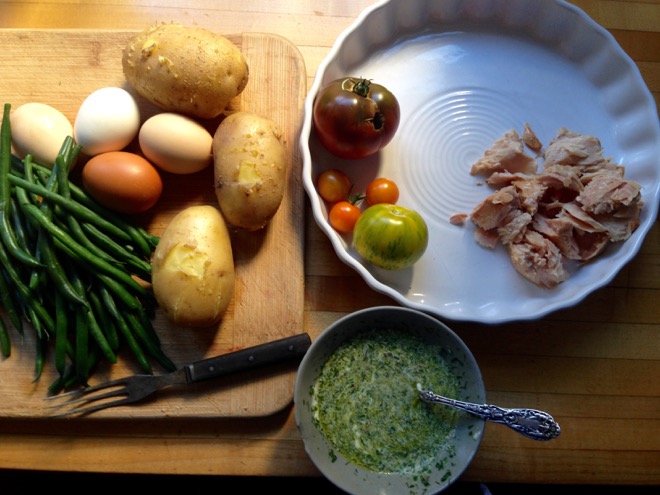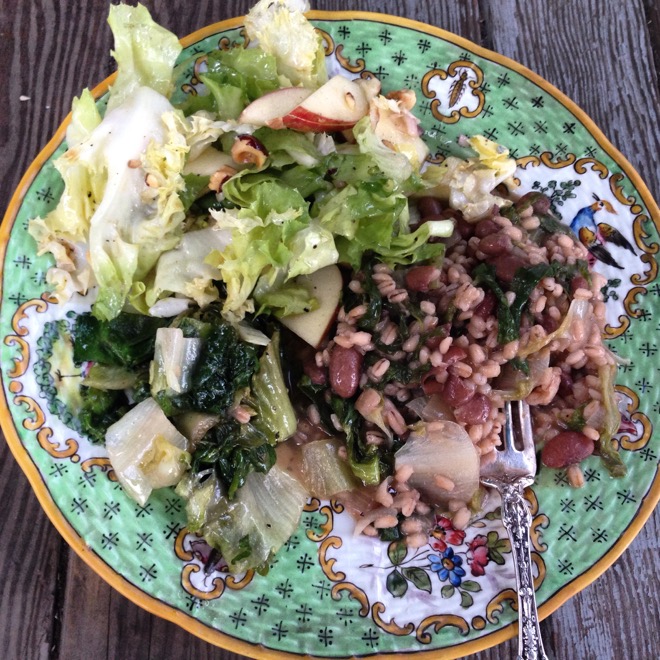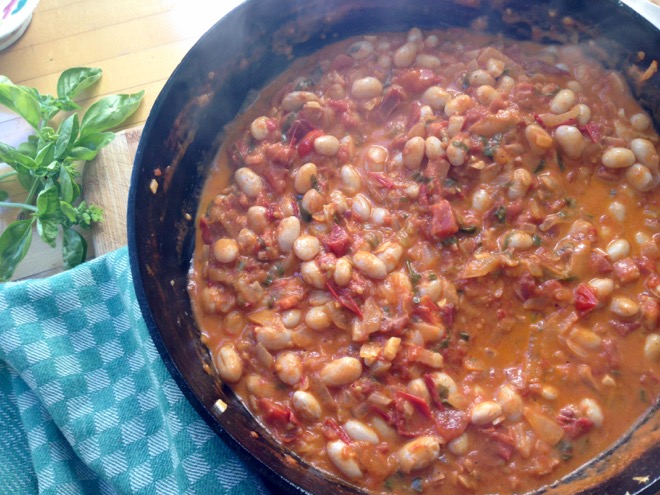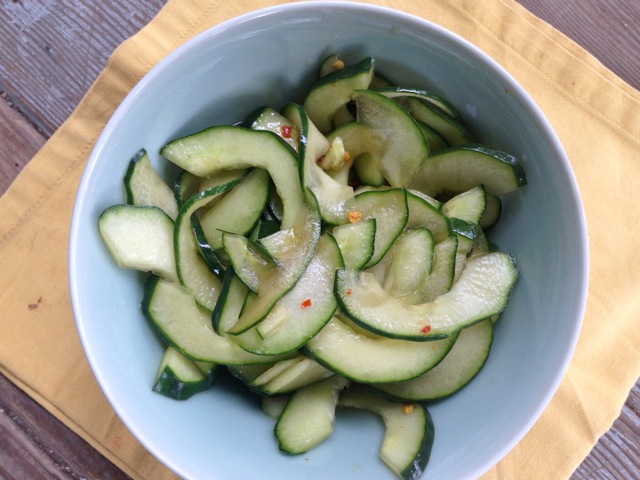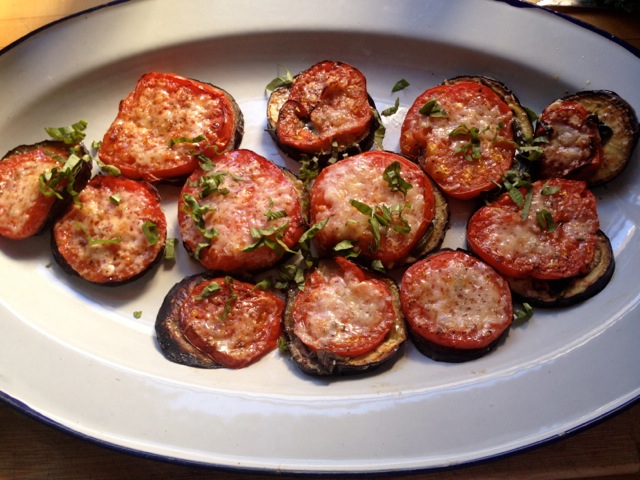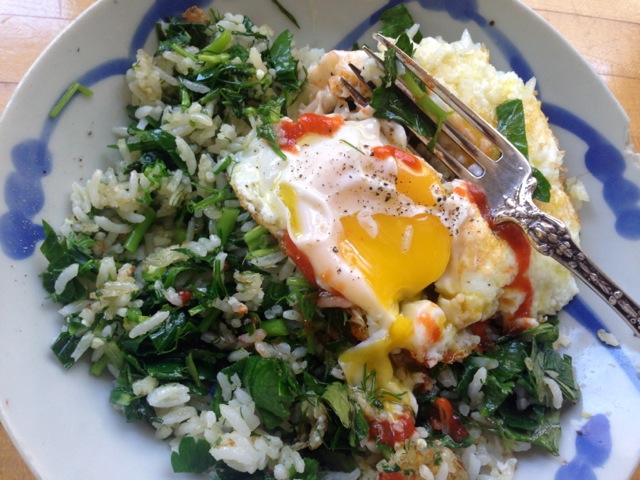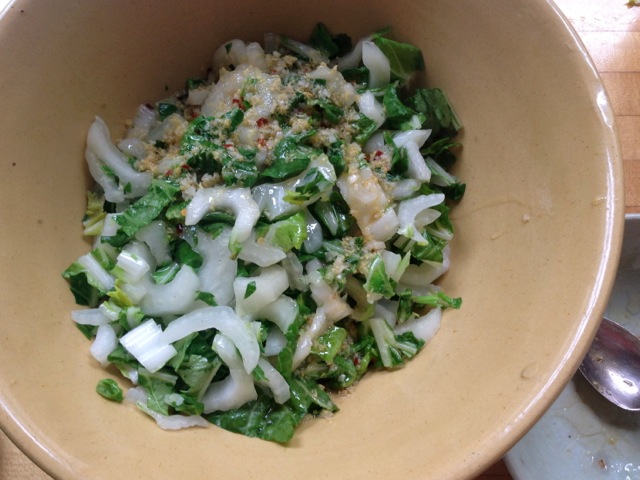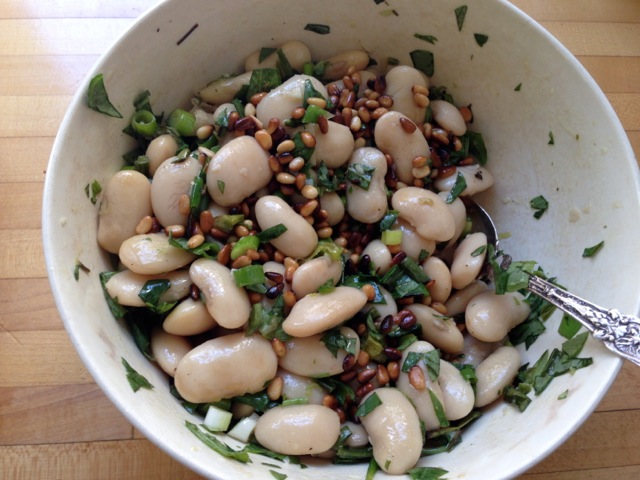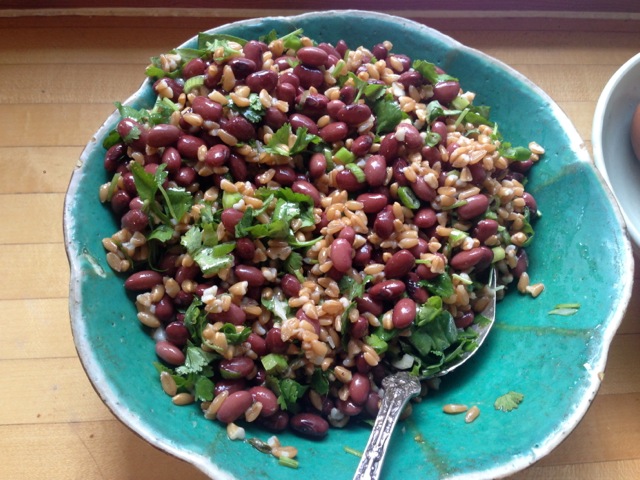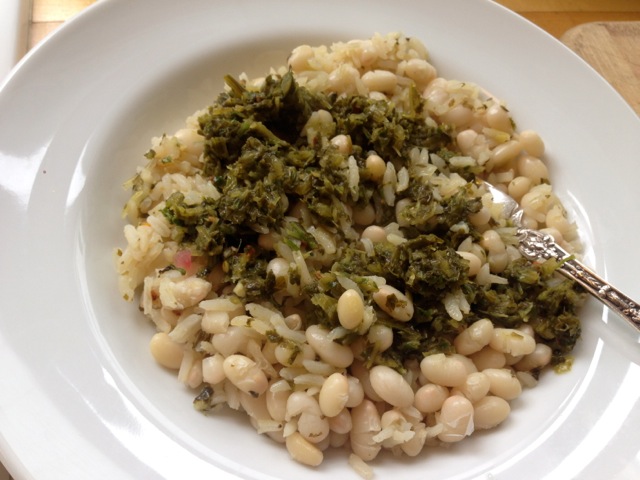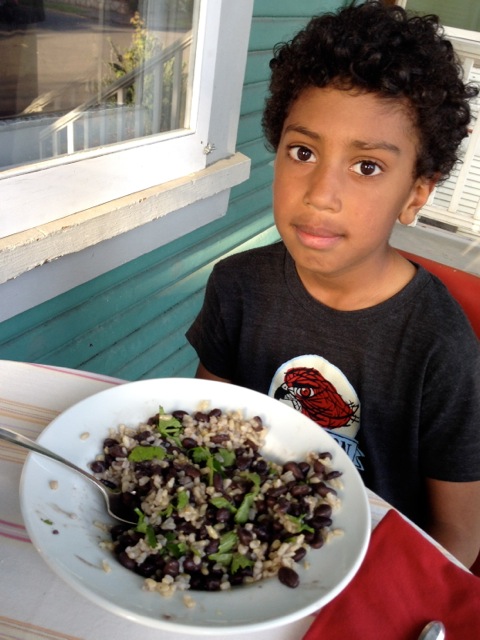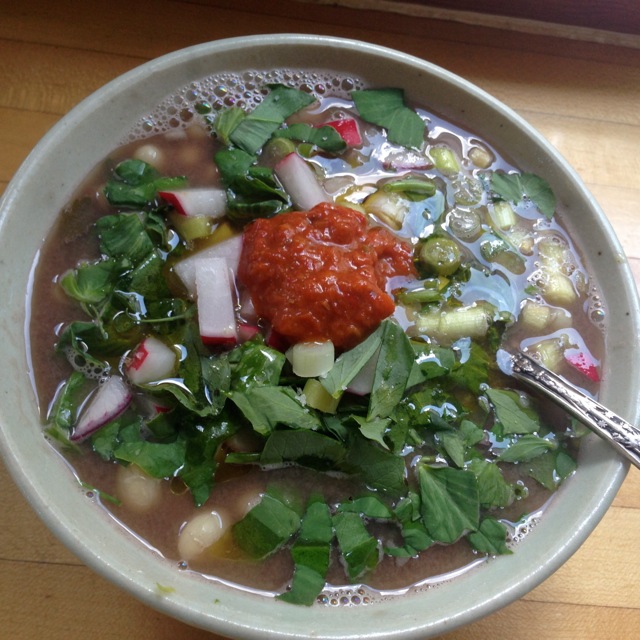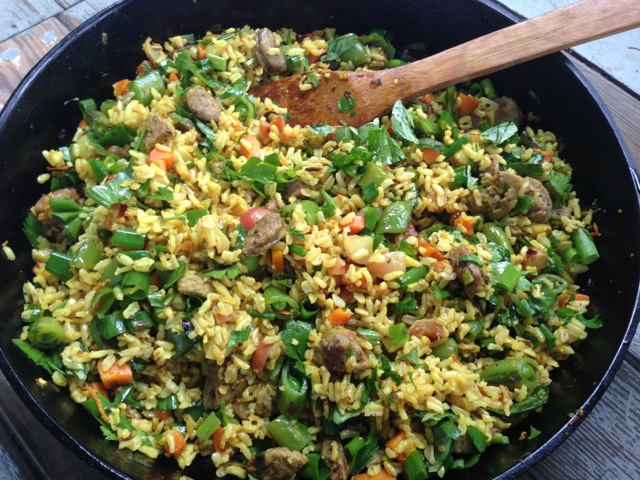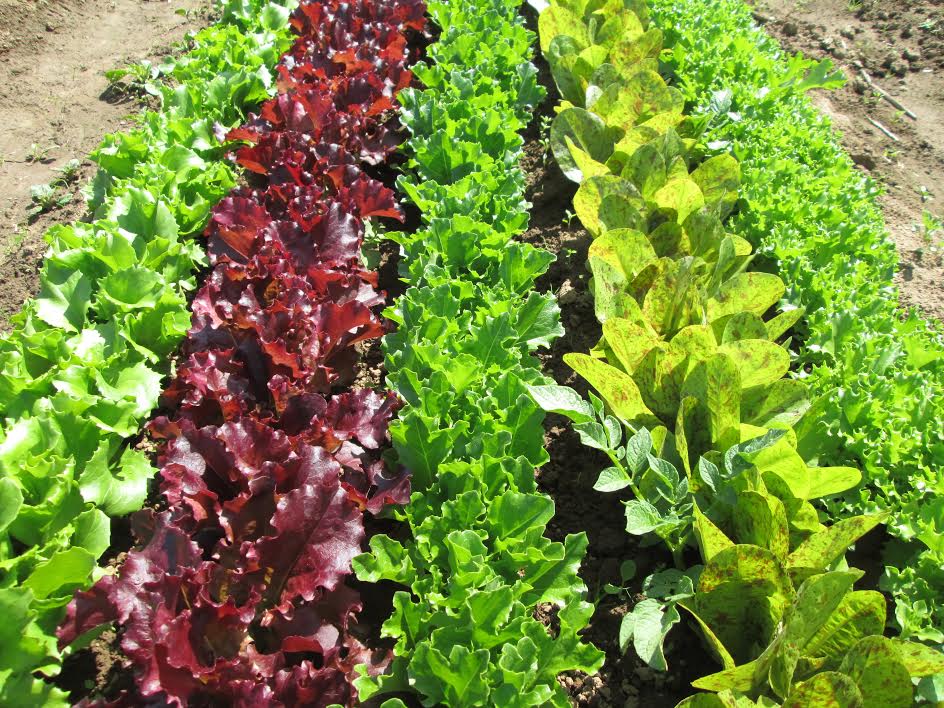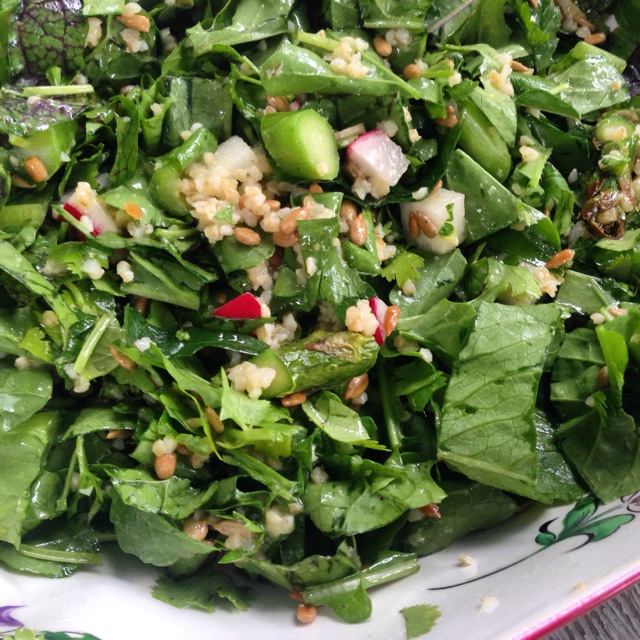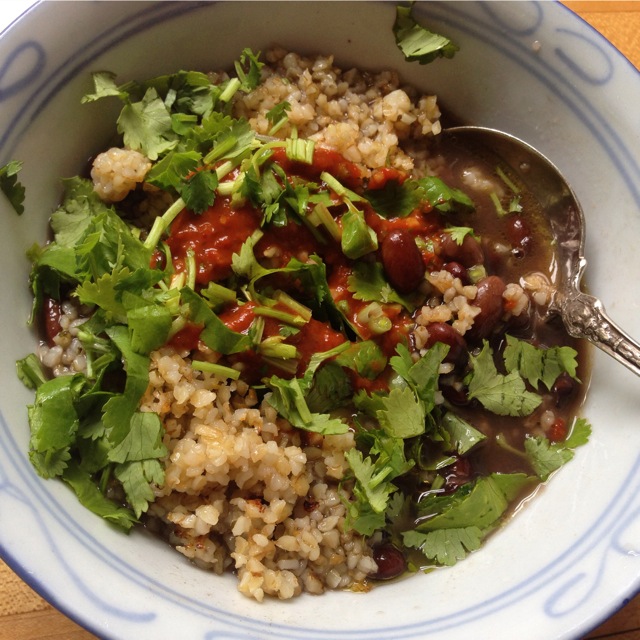Filbert and Honey Tart
–inspired by a recipe of Piper Davis’ (owner of Grand Central Bakery) in The Chef’s Collaborative Cookbook by Ellen Jackson
This is a simple, rich tart. It’s sort of the Oregon version of a pecan pie but much less sweet and with a higher nut to custard ratio. You’ll need a 10-inch tart pan with removable bottom.
Serves 10 +
½ recipe of this pie dough made with 1/2 whole wheat pastry flour and 1/2 all purpose flour (or your favorite pie/tart dough)
2 cups toasted filberts*
Scant ¾ cup honey
½ cup butter (1 stick/8 tablespoons)
Generous 1/3 cup heavy cream
Scant ¼ teaspoon coarse sea salt
2 eggs
1 teaspoon vanilla extract
1 tablespoon whiskey or bourbon (optional)
Lightly sweetened whipped cream, for serving
Preheat oven to 350 degrees.
Toast filberts in a 350-degree oven for about 20 minutes until very fragrant and a couple shades darker. Cool and then rub off as many skins as you can.
Roll out the dough into an 11-inch or slightly larger round. Press the dough into a 10-inch tart pan with a removable bottom. Press the dough carefully into the base and up the sides and fold any overhang back over onto itself and integrate back into sides and set in the freezer for 5 minutes. Prick the base of the dough half-a-dozen times with fork.
Place a piece of parchment paper or a buttered piece of foil onto the chilled dough. Fill the tart with pie weights or dry beans. Place the tart pan on a baking sheet and bake for 20-25 minutes until the crust is just beginning to color. Remove tart from oven and remove paper or foil and pie weights. Leave tart on the baking sheet.
While the tart crust is blind baking make the filling.
Heat the honey and butter in a heavy saucepan until boiling. Boil it hard for a minute and then whisk in the cream. It will bubble up significantly. Pour the caramel into a bowl. Whisk occasionally to speed cooling. When no longer hot, whisk in the salt, vanilla and whiskey, if using. Then whisk in the eggs one at a time.
Turn the oven down to 325.
Cover the bottom of the pre-baked tart with the filberts. Carefully pour the custard over the nuts and put the tart, still on the baking sheet, in the oven. Bake for 20 – 25 minutes until custard is just set. Cool completely on a rack.
Serve with lightly sweetened whipped cream.

